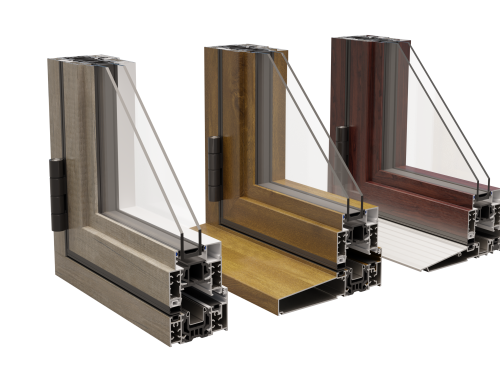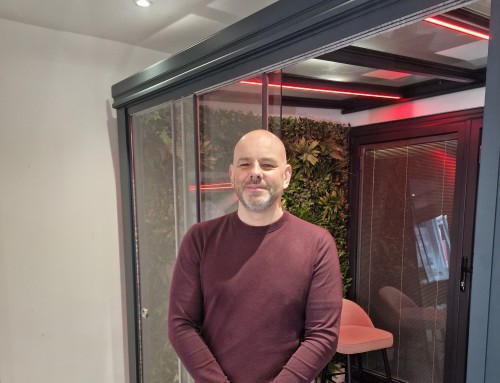This is an article by our Editor Helen Duval
Many of us marvel at the new technologies as they evolve and perhaps one of the most intriguing areas of recent development is 3D printing. This is now a serious business concern to evaluate across many sectors and it is beginning to make its mark in construction.
As companies look to lead the way in design and engineering to provide fast solutions to housing crises across the globe, 3D printing is being considered as a viable alternative.
With affordable housing shortages prevalent throughout the UK there are possibilities that, here too, this type of technology will soon be able to fill a housing gap.
With building land at a premium, there are many issues that need to be addressed when it comes to the housing crisis and first time buyers getting onto the property ladder. Already there are homes being developed that are using this new type of technology.
Recently a 1000 sq.ft. home was constructed in Nantes, France using 3D printing technology. It was printed in just 54 hours and has been used a an initial model for social housing.
Eindhoven, in The Netherlands has the first global development of 3D printed homes. Van Wijnen, a Dutch construction company, has worked closely with with Eindhoven University of Technology, on ‘Project Milestone’.
As a construction project it is ambitious with sustainability and design given high priorities. It is not connected to the natural grid and being situated in the Meerbos Park alongside the Beatrix Canal it has been designed to blend with all the natural surroundings. The landscape surrounding the project has been pivotal to its development with the designs created as ‘images in a sculpture garden’.
Altogether five homes will have been built as the world’s first commercial housing project made using a 3D-concrete printing system. Comfort, design and energy-efficient sustainability have been a focal point of the whole development.
Considered a construction benchmark, Project Milestone combines technology, building expertise and aesthetics that will need to last for decades as occupied homes.
Although some new buildings will be able to be printed on site, it will probably be more viable for components of this type of property to be mass produced at a facility before being transported and then assembled on site.
Although in its infancy, 3D printed buildings are here and this could just be the next generation of construction that resolves not only the housing shortage but also could go some way towards providing a solution to the skills shortage issues we currently see today. It is perhaps inevitable with fewer man powered jobs needed for this type of project. The simplicity and speed of producing these types of houses in hours and days rather than weeks or months will inevitably have an impact and could prove an attractive alternative for that first time buyer market.
Building sized printers inject layers of cement into a specified digital framework that will create both interior and exterior walls. The cement is combined with additives to ensure that the setting process can take place very quickly.
In a recent article, Richard Sansom from JLL commented that “Construction hasn’t evolved for decades. As the technology and infrastructure for 3D printing develops, homogeneity won’t be a requirement and 3D printing will provide far more architectural flexibility as well as precision,”
As this type of structure begins to be adopted in more mainstream developments all styles and shapes will become possible – the new construction world is potentially limitless.






